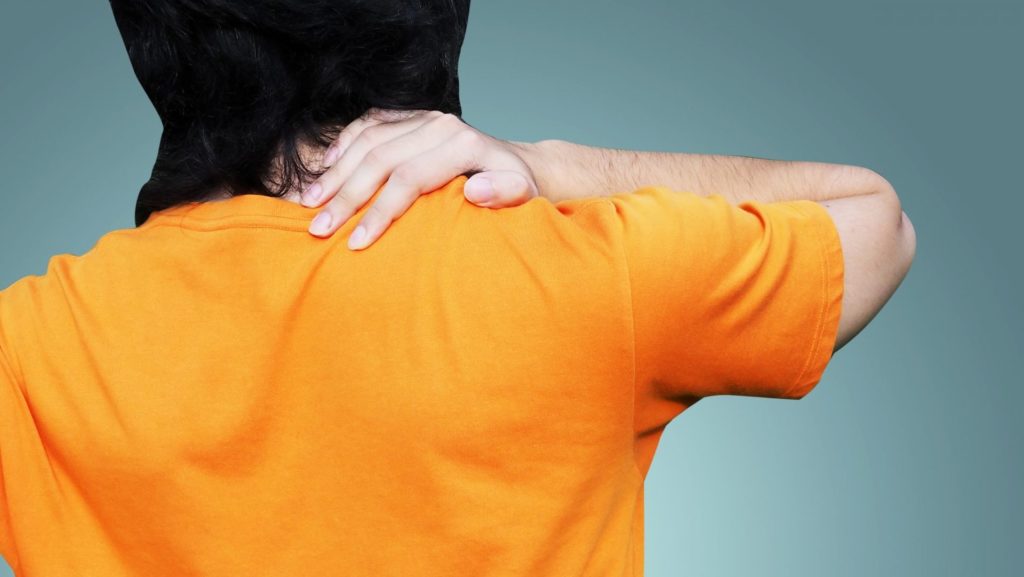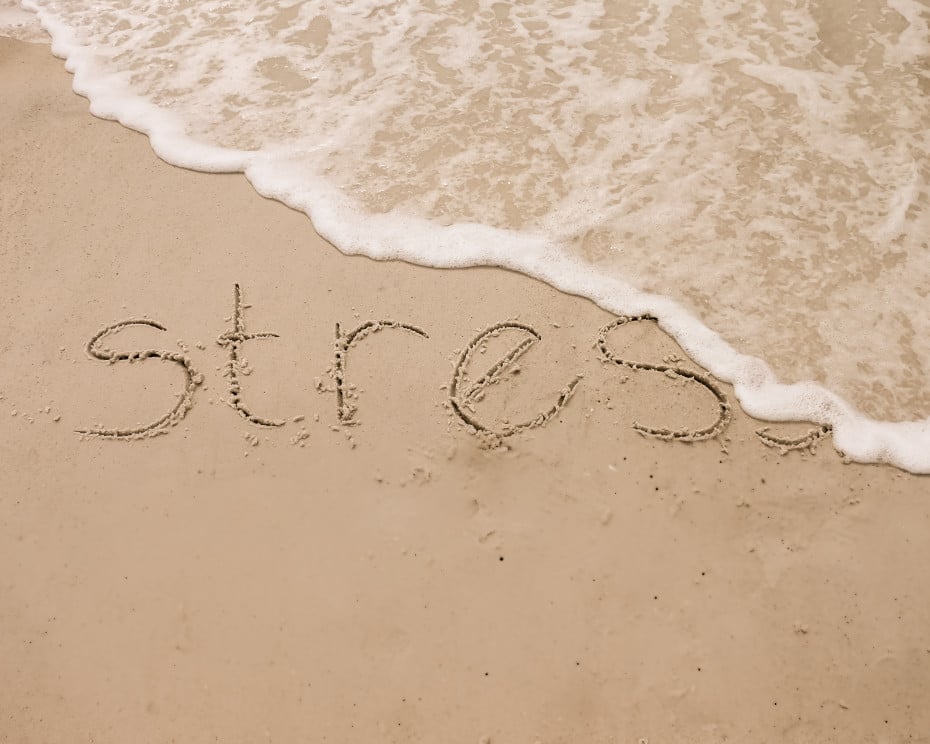The first in a series on CBD and Nausea
Read Time: 3:00 Mins.
Ask yourself a simple question; when’s the last time you said that you were “sick and tired” of something? Was it about dissatisfaction at work, traffic, or a multitude of other petty annoyances? It’s good to keep things in perspective because there is a more serious side to the expression. Many people dealing with cancer, chronic illness or pain are literally sick and tired, and nausea often plays a role in their condition. Nausea and CBD have a long history together as cultures around the world have used cannabis as a natural medicine to ease the discomfort which nausea creates.
Why is Weed Good for Nausea?
Nausea is your body’s way of telling you that something is wrong. It can, but does not always lead to vomiting. Nausea is a symptom, and vomiting is the remedy the brain tells the body to take. They are their own cause and effect, but scientists are discovering they are tied to our Endocannabinoid System. The ECS helps regulate our moods, appetite, pain, inflammation, fluid flow in and around our cells, and body temperature. In basic terms, it is a network of cannabinoid receptors (like storage bins) in our bodies and when the body is healthy and in balance, the medical community calls this “homeostasis.” The miracle of cannabis plants is they appear to naturally recharge our ECS by fueling the receptors that already exist in our bodies. This helps the body reach homeostasis.
We often write about the two primary cannabinoids in cannabis, THC, and CBD. They create different physical reactions in our ECS and both play a role fighting nausea. According to a British study (and others), THC acts with CB1 receptors in our brains to help suppress the brain from telling our body to vomit. Cannabidiol (CBD) also plays an important role in the ECS as it reduces the feelings of nausea, and like THC, may prevent it from occurring. According to the studies, CBD triggers 5-hydroxytryptamine-1A (5-HT1A), a receptor in the brain and nervous system that reduces the sensation of nausea. It does so by regulating serotonin to calm the vomiting triggers in the brain. In effect, patients can keep calm and carry on by reducing the sensation of nausea and triggering the reaction leading to vomiting. This suppression also plays a role in reducing anxiety and nervousness that nausea creates.
To sum up the science side of why weed is good for nausea, cannabis acts as an antiemetic drug that is effective against vomiting and nausea. In the pharmaceutical world, antiemetics treat motion sickness and other causes of nausea and vomiting. But to understand our current access to medical cannabis and CBD for nausea, it’s important to know how and why we got here.
Medical Cannabis, HIV/AIDS, Cancer, and Nausea
For most of the early, turbulent days of the HIV/AIDS crisis, patients had few treatment options available to them. Many people became susceptible to additional infections and cancers, which frequently resulted in a syndrome called cachexia, or “Wasting Syndrome.” It also affects cancer patients, and patients’ bodies literally waste away. The National Institute of Health defines Wasting Syndrome as “unintended and progressive weight loss often accompanied by weakness, fever, nutritional deficiencies, and diarrhea.” The HIV/AIDS patient community quickly learned that cannabis was a natural way to combat Wasting Syndrome as it stimulated their appetite. They also found that it helped with nausea brought on by the disease itself, and the medicines developed to treat it.
It is common knowledge that chemotherapy and radiation treatments target and kill cancer cells. Many people are also aware of the horrendous side effects these treatments cause, including nausea, frequent vomiting, and pain. Just like the HIV/AIDS community, word spread within cancer support groups that medical cannabis could help with nausea and also help increase appetite.
For cancer patients and people suffering from HIVA/AIDS, cannabis seemed to not only ease nausea, but it also suppressed vomiting, increased patients’ appetite, and helped with pain and anxiety. The study in the British Journal of Pharmacology and published with the National Institute of Health supports the patients’ conclusions.
Together, gay activists and cancer patients demanded easier access to medical cannabis, and the medical cannabis movement in California was born, culminating in 1996 when voters approved Proposition 215. At the time, compassion for others played a significant role in softening the public’s long-held views about marijuana. You can learn more about the history of the HIV/AIDS cannabis movement, here.
In our next article in our series on nausea and CBD, we’ll explore the many products available. In the meantime, please log in and comment on this story, or start a conversation on our social channels.
Karl Phillps writes about the cannabis community from Los Angeles.




